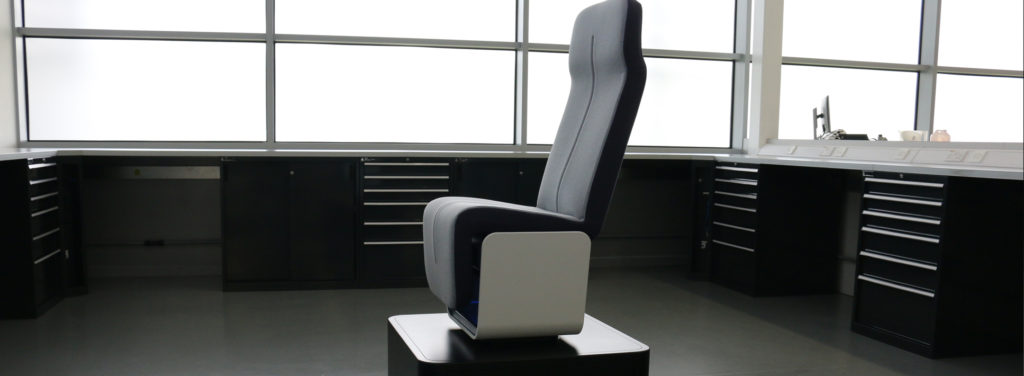Williams Advanced Engineering and JPA Design Unveil Formula One-Inspired Seating Concept
Share

Williams Advanced Engineering and JPA Design, two UK-based companies that announced their partnership in February, disclosed details of a seating concept they have collaborated on, at today’s Passenger Experience Conference in Hamburg. The seat borrows the same lightweight composite materials found in Formula One race cars, and will reportedly improve comfort for air travelers, save space and lower operating costs.
“Our motorsport heritage has given us significant expertise in the innovative use of lightweight materials and rapid product development to deliver enhanced benefits to passengers and airlines alike,” Craig Wilson, managing director of Williams Advanced Engineering, is quoted saying in a press release. “The maximization of available space and the use of lightweight materials to do more in the same amount of space on an aircraft is at the heart of the work we do commercializing Formula One-derived technology.”

Three key technologies underpin the seating concept, Stuart Olden, senior commercial manager, Williams Advanced Engineering; and Ben Orson, managing director, JPA Design London; explained during their presentation: 1) JPA’s monocoque carbon fibre composite moulding – first used in Singapore Airline’s business-class seat, launched in 2017 – which eliminates the need for the traditional metallic sub-frame; 2) Williams’ 223, which homogenizes the build of composite components so that the manufacturing process is streamlined; and 3) Williams’ Racetrack, which provides localized reinforcement within a component using sustainable materials. “We are really keen to explore these technologies a bit more in the following phase of the project,” Orson adds.
With the seating concept, Williams and JPA have their sights set on business class and premium economy, “because for both of these you have a seat and a significant amount of furniture nearby. Our design brings those parts together into one structure,” Orson explained, adding that the design will unlock new possibilities in terms of layout: “We don’t just want to enable customization aesthetically. We want the same modules to be used in different locations within a given aircraft and across different aircraft types, and deployed in different configurations.”
The prototype seat, to be displayed at AIX this week, is but one element in the companies’ shared vision for an aircraft interior that maximizes comfort, space and cost-efficiency, Olden said. “It’s not all about seats. The same technologies can be transferred to galleys and overhead lockers, for example. We see the seat as an entry point and an enabler as we go forward.”


